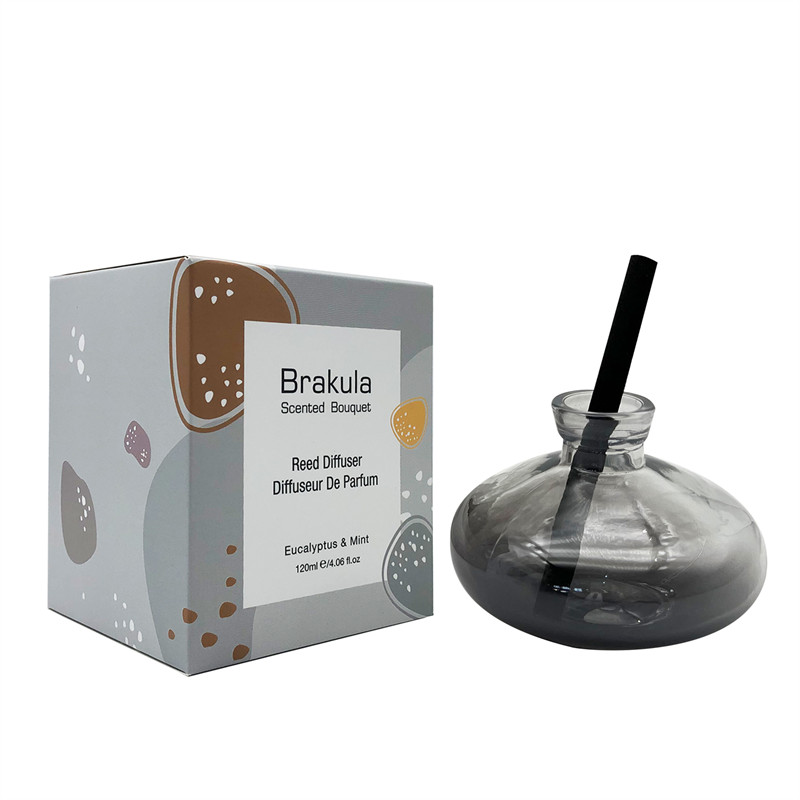Table of Contents
Health Risks of Burning Candles Indoors
Burning candles in the house is a common practice for many people, especially during the colder months when the days are shorter and the nights are longer. Candles can create a warm and cozy atmosphere, and their scents can help to relax and unwind after a long day. However, there are some health risks associated with burning candles indoors that should be taken into consideration.
One of the main health risks of burning candles indoors is the release of harmful chemicals into the air. When a candle is burned, it produces soot, which can contain a variety of toxic chemicals such as benzene, toluene, and formaldehyde. These chemicals can be harmful to your health when inhaled, especially if you are exposed to them for long periods of time.
In addition to the release of harmful chemicals, burning candles indoors can also contribute to indoor air pollution. The soot and other particles released by burning candles can settle on surfaces in your home, such as walls, furniture, and electronics. Over time, this buildup of soot can reduce the air quality in your home and can exacerbate respiratory issues such as asthma and allergies.
Another health risk of burning candles indoors is the potential for fires. Candles are an open flame, and if not properly monitored, they can easily ignite nearby objects such as curtains, furniture, or decorations. In fact, according to the National Fire Protection Association, candles are responsible for an average of 8,200 home fires each year in the United States alone.
| Name | Fragrance Diffuser |
| Material | Ceramic |
| Suitable for | Laundry Room |
| Scents | Lemon & Verbena, Eucalyptus & Mint |
| Capacity | 120ml |
| Color | Lilac |
| Origin | China Supplier |
| Duration | 1 year |
To minimize the health risks associated with burning candles indoors, there are a few precautions you can take. First, be sure to choose candles made from natural materials such as beeswax or soy wax, as these tend to produce less soot and harmful chemicals than paraffin candles. Additionally, be sure to trim the wick of your candle before each use to prevent excessive soot production.
It is also important to burn candles in a well-ventilated area to help disperse any harmful chemicals that may be released during burning. Opening a window or using a fan can help to improve air circulation and reduce the buildup of indoor air pollutants. Finally, never leave a burning candle unattended, and be sure to extinguish candles before leaving the room or going to bed.

In conclusion, while burning candles indoors can create a warm and inviting atmosphere, it is important to be aware of the potential health risks associated with this practice. By choosing natural candles, burning them in a well-ventilated area, and taking precautions to prevent fires, you can enjoy the ambiance of candlelight while minimizing the negative impact on your health. Remember to always prioritize safety when burning candles indoors to ensure a healthy and enjoyable experience.
Environmental Impact of Candle Burning
Candles have been used for centuries to provide light, warmth, and ambiance in homes around the world. However, many people are unaware of the environmental impact that burning candles can have. While candles may seem harmless, they can actually contribute to air pollution and have negative effects on indoor air quality.
When candles are burned, they release a variety of pollutants into the air, including volatile organic compounds (VOCs) and particulate matter. VOCs are chemicals that can evaporate into the air and react with other pollutants to form ozone, a harmful air pollutant. Particulate matter consists of tiny particles that can be inhaled into the lungs and cause respiratory problems.
In addition to air pollution, burning candles can also produce soot, which can accumulate on walls, ceilings, and furniture. Soot is made up of tiny carbon particles that can be harmful to both the environment and human health. When soot settles on surfaces, it can be difficult to clean and can contribute to indoor air pollution.
One of the main concerns with burning candles is the use of paraffin wax, which is a byproduct of petroleum refining. When paraffin wax is burned, it releases harmful chemicals such as benzene and toluene into the air. These chemicals have been linked to respiratory problems, allergies, and even cancer. In addition, the production of paraffin wax contributes to carbon emissions and the depletion of natural resources.
While some candles are made from natural materials such as beeswax or soy wax, these alternatives also have their own environmental impacts. Beeswax candles are often produced using unsustainable practices that can harm bee populations and disrupt ecosystems. Soy wax candles are typically made from genetically modified soybeans, which can have negative effects on the environment and biodiversity.
In order to minimize the environmental impact of burning candles, there are several steps that can be taken. One option is to choose candles made from natural, sustainable materials such as beeswax or soy wax. These candles are less harmful to the environment and produce fewer pollutants when burned. Another option is to use candles sparingly and in well-ventilated areas to reduce exposure to harmful chemicals.
It is also important to properly dispose of candles once they have been burned. Many candles come in containers that can be recycled or repurposed, reducing waste and environmental impact. Some companies also offer candle recycling programs that allow customers to return used candles for recycling or reuse.
In conclusion, while burning candles may seem harmless, it is important to consider the environmental impact of this common household practice. By choosing candles made from natural materials, using them sparingly, and properly disposing of them, we can reduce the negative effects of candle burning on the environment and our health. Ultimately, it is up to each individual to make informed choices that prioritize sustainability and environmental responsibility.
Fire Safety Concerns with Burning Candles Inside
Burning candles in the house is a common practice for many people, especially during the colder months when the warm glow of a candle can create a cozy atmosphere. However, there are some fire safety concerns that should be taken into consideration when burning candles indoors.
https://reedaromalab.com/tag/affordable-reed-oil-diffuser-best-china-companies
One of the main concerns with burning candles inside is the risk of a fire starting. Candles are an open flame, and if left unattended or placed too close to flammable materials, they can easily ignite a fire. It is important to always keep candles at least 12 inches away from anything that can catch fire, such as curtains, furniture, or decorations.
Another fire safety concern with burning candles inside is the risk of the candle tipping over. If a candle is placed on an unstable surface or in a high-traffic area where it can easily be knocked over, it increases the risk of a fire starting. It is important to always place candles on a stable surface and away from areas where they can be easily bumped or knocked over.
Additionally, burning candles inside can also pose a risk to your health. When candles are burned, they release soot and other harmful chemicals into the air. Breathing in these chemicals can irritate the lungs and exacerbate respiratory conditions such as asthma. To minimize the health risks associated with burning candles indoors, it is important to choose candles made from natural ingredients and to ensure that the room is well-ventilated.
In addition to fire safety concerns and health risks, burning candles inside can also contribute to indoor air pollution. Many candles are made from paraffin wax, which when burned releases harmful chemicals such as benzene and toluene into the air. These chemicals can linger in the air long after the candle has been extinguished, leading to poor indoor air quality. To reduce indoor air pollution from burning candles, it is recommended to choose candles made from soy or beeswax, which are cleaner-burning alternatives.
Despite the fire safety concerns, health risks, and indoor air pollution associated with burning candles inside, there are ways to enjoy the ambiance of candles while minimizing these risks. One way to reduce the risk of a fire starting is to always trim the wick of the candle to 1/4 inch before lighting it. This helps to prevent the flame from getting too large and reduces the risk of the candle tipping over. It is also important to never leave a burning candle unattended and to always extinguish candles before leaving the room or going to bed.
In conclusion, while burning candles inside can create a warm and inviting atmosphere, there are fire safety concerns, health risks, and indoor air pollution to consider. By taking precautions such as keeping candles away from flammable materials, choosing natural candles, and ensuring proper ventilation, you can enjoy the ambiance of candles while minimizing the risks associated with burning them indoors.
Scented Candle




